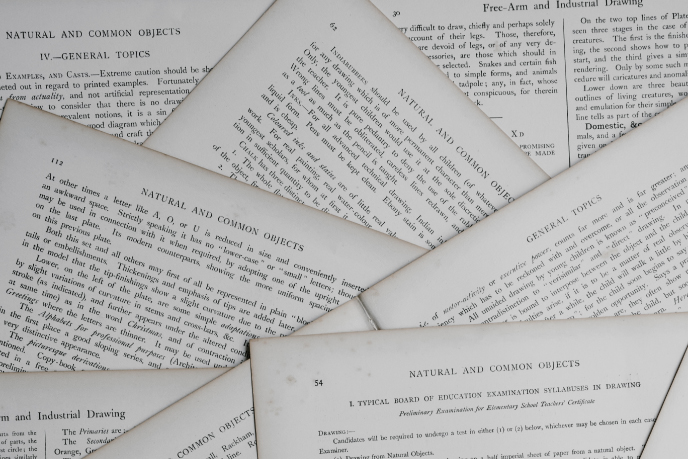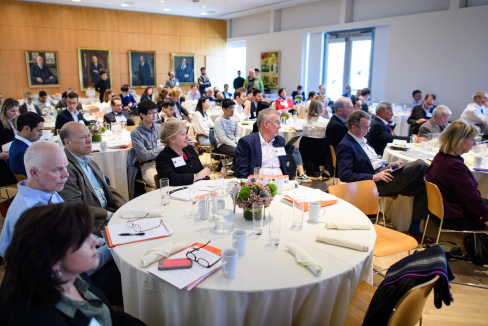Comments
Conversion of natural vegetation to annually tilled cropland results in the loss, on average, of one third of the soil carbon if the land was formerly forested, and of one half of the soil carbon if the land was formerly in grassland or pasture (S62, S64). Over historical time, approximately 55 Gt of carbon has been lost on the 1600 million hectares of cropland (S58, S63).
Soil carbon loss can be reversed by techniques that increase the rate of carbon input into agricultural soils or decrease the rate of carbon loss. The former include techniques to reduce the period of bare fallow and the planting of cover crops. The latter include conservation tillage practices that reduce aeration of the soil, such as no till, ridge till, or chisel plow planting (S62, S71). Experiments have shown that it is possible to reverse the loss of soil carbon on croplands with these techniques (S71- S73) and to store carbon at an average rate of 0.3-0.6 t/ha-y over a period of several decades (S62, S72-S74). The lower storage rate, if it could be continued for 50 years, would store the 25 GtC required to contribute a wedge if it were applied to all cropland.
Soil management strategies that increase soil carbon are already widely adopted. Conservation tillage alone had been adopted on 110 million hectares by 1995 (S74). The IPCC estimated that up to a wedge (up to 22-29 GtC) could be filled by management of existing agricultural soils (S63, S75).
References
S58 Ramankutty, N., and J. A. Foley. 1999. Global Biogeochemical Cycles 13(4):997- 1027.
S62 IPCC, 2000. Land Use, Land Use Change and Forestry. R.T. Watson et al. eds. Cambridge University Press.
S63 Kauppi, P., et. al., 2001. “Technological and economic potential of options to enhance, maintain, and manage biological carbon reservoirs and geo-engineering.” In. Climate Change 2001: IPCC Third Assessment Report. Chapter 4. Cambridge University Press.
S64 Guo, L.B., and R. M. Gifford. 2001. Global Change Biology 8, 345-360.
S71 CTIC, 2002. 21st Annual Crop Residue Management Survey Report. Conservation Technology Information Center, West Lafayette, IN, USA. http://www.ctic.purdue.edu/CTIC/CRM.html
S72 Paustian, K., et al. 2000. Biogeochemistry 48, 147-163.
S73 Lal, R., and J. P. Bruce. 1999. Environmental Science and Policy 2, 177-185.
S74 World Resources Institute, 1998. Building a Safe Climate. WRI Report, Washington, D.C.
S75 Cole, C. V., et al., 1996. “Agricultural options for mitigation of greenhouse gas emissions.” In Climate Change 1995. R.T. Watson et al. eds. Cambridge University Press. Pp 745-771.



